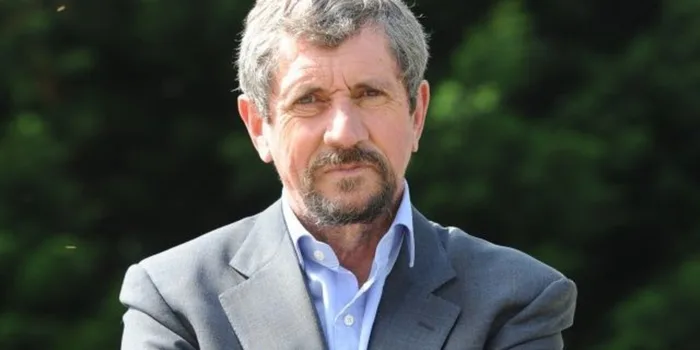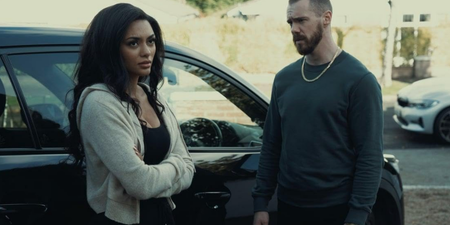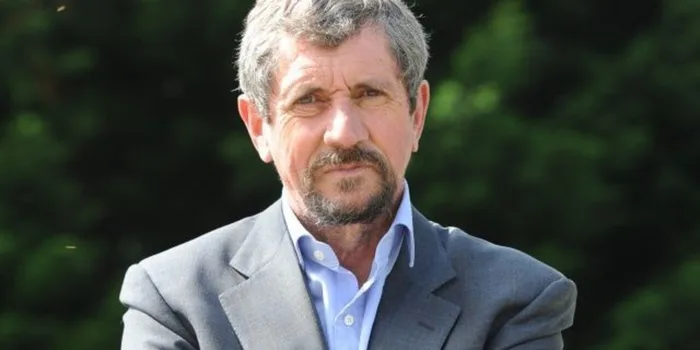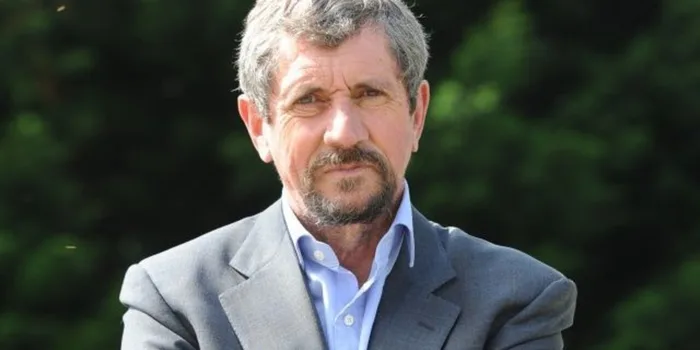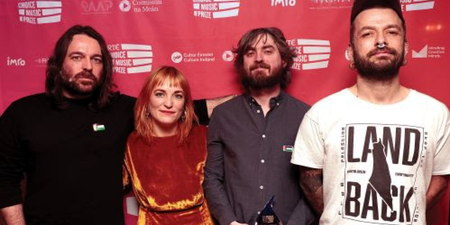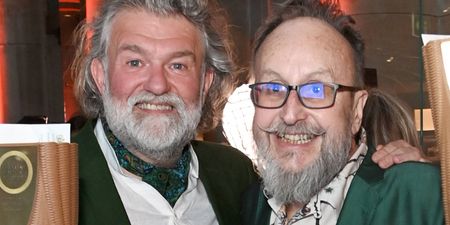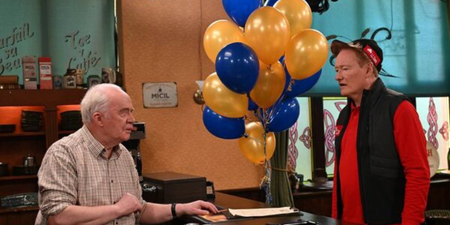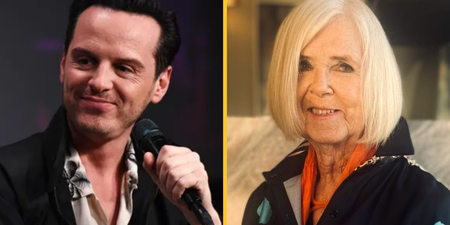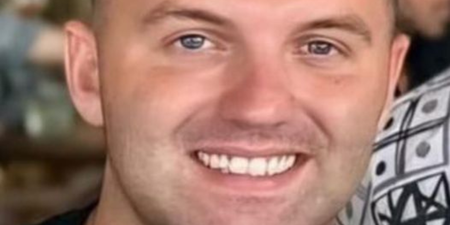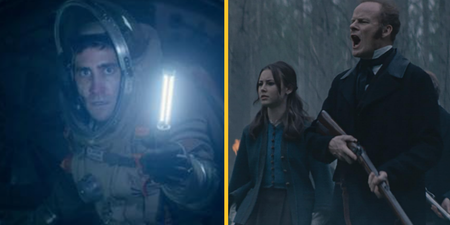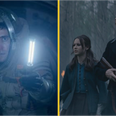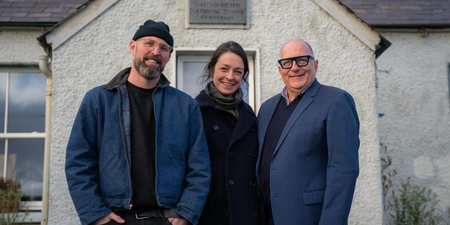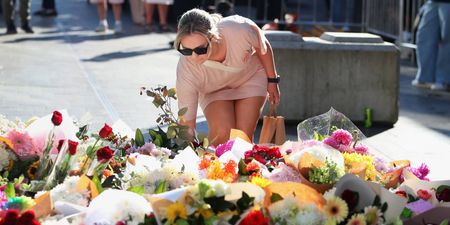There can be few Irish kids of the 90s for whom the name Glenroe doesn’t evoke a wide range of emotions.
Despair would most likely be the strongest of those feelings. And not in relation to the acting or storylines – this was a time of just three channels (four of you were fortunate enough to have a decent signal), so there was not a great deal of comparison.
No the anguish and the despondency lay in what the music represented. It was Sunday night, the homework may not have been complete for the following morning. And more importantly than that, bedtime was looming on the horizon. It was hard to concentrate fully on Miley and Dinny having a shouting match in the farmyard when the clock was ticking at a dramatic rate to signal the end of the weekend.
The show itself was one of the most successful RTE has ever commissioned, though the end did not exactly see high-fives all round. RTE Director Cathal Goan said that by 2001 the show had come to the “end of its natural life” and cast members were unhappy with the treatment they received from the station. Joe Lynch (Dinny) quit over disillusionment over the way the actors were treated and others were outspoken in the restrictions placed on them. At the time none of the cast were allowed to do television commercials.
However none of that can detract from the role Glenroe played in a changing Irish society. First shot in September 1983 as a spin-off from Bracken, the show would run for 18 seasons and gave a glimpse into Irish society at the time, highlighting issues prominent at the time.
The waning power of the Catholic Church was an obvious one. The parish priest Fr. Tim Deveraux was a highly influential figure in the town, but this decreases as time goes by. In one particular season Biddy and Miley’s daughter has meningitis and Miley believes that Divine Intervention saves her, while Biddy is dismissive of this, as she herself doesn’t even attend Mass. Eventually the priest retires to embark on a round-the-world cruise with Shirley Manning, a widow of Protestant and Jewish ancestry when he believes that no one is listening to his advice anymore.
The Travelling community and their problems with integrating with the settled community is given a lot of airtime. Blackie Connors and his family have a fractious relationship, a reflection for Irish society at the time. He is your stereotypical handyman, and their failure their caravan off farming land causes uproar in the community. On a slightly lesser scale so too did the fact that two rabbits went missing and they are accused of stealing them to make a stew. Simpler times indeed.
And of all issues that were brought up in the show, none shocked the nation quite like the storyline involving married Miley and his romp in the barn with Fidelma. Not only was it a moment that highlighted the romantic nature of Miley in such a fitting setting, it well and truly shocked a nation. Many awkward conversations were held between parents and children, “they are just friends” and for many of us it would take another few years before we would understand infidelity. Add on a couple more to be able to spell the word.
The show had far more of a connection with the Irish community than ever could have been imagined and to this day people remember with fondness the fictitious Wicklow village that gave us such an education. Liam Heffernan who played Blackie Connors and now stars in Fair City, says he is frequently stopped in the street and addressed as Blackie, 12 years on since the last episode was aired in 2001.
Whether you loved, thought it was awful, remember with fondness or recollect the show with nothing but cringe, the show had few sitting on the fence.
Thanks for the memories. Thanks for the education.
http://www.youtube.com/watch?v=SePNWYpb-NQ


